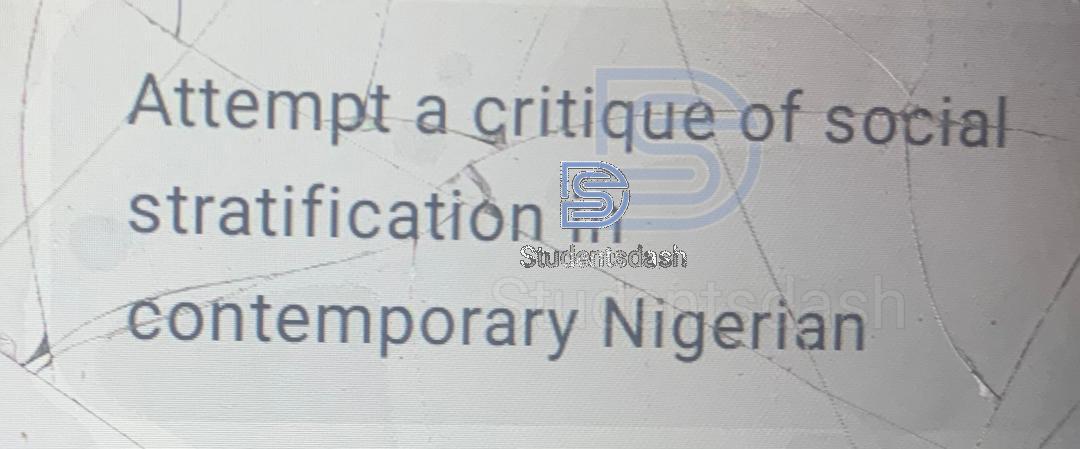- Write 5 lines each on reciprocal translation and rebertsonial translocation
Do the calms and copy well share with friends abeg
ANSWER
Reciprocal Translocation:
Reciprocal translocation is a type of chromosomal rearrangement where two non-homologous chromosomes exchange segments. This means that parts of two chromosomes break off and swap places. Although the total amount of genetic material remains the same, the genes are now located in different positions. This can lead to genetic disorders if important genes are disrupted. In some cases, reciprocal translocation may not cause noticeable symptoms but could still be passed on to offspring.
Robertsonian Translocation:
Robertsonian translocation is a type of chromosomal rearrangement that occurs when two acrocentric chromosomes (chromosomes with very short arms) fuse together at their centromeres. This results in a chromosome with two long arms and no short arms. Unlike reciprocal translocation, Robertsonian translocation usually leads to a loss of genetic material from the short arms of the chromosomes. This form of translocation can cause fertility problems or lead to Down syndrome if the rearranged chromosomes are passed on to offspring.

